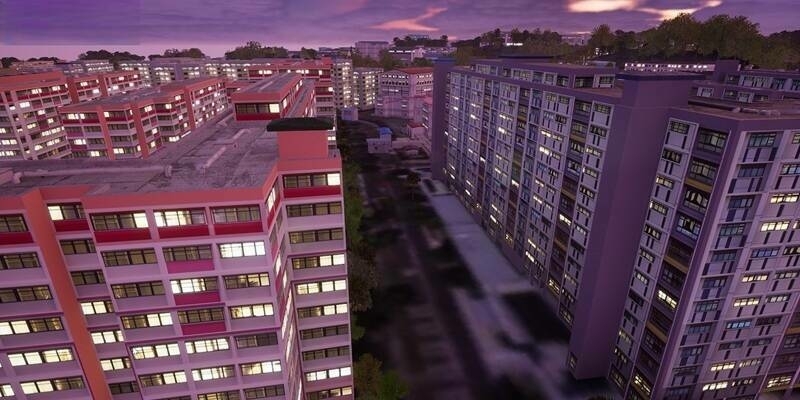On June 13th, 2021, GHGSat has captured the first-ever satellite observation of methane emissions from trona mining activities, with a spatial resolution of ~25m.
Trona is a sodium carbonate compound extracted from underground mines and processed into soda ash. Predominantly used to manufacture glass for the automotive and construction industries it is also the raw material for baking soda (sodium bicarbonate), laundry, and cleaning products, used in the manufacture of cloth and paper. It is the fracturing of the rock to extract the ore that releases methane, which must be vented from the mine for safety reasons. While soda ash can be manufactured synthetically, about 35% [ref] of the world’s supply comes from natural sources.
GHGSat satellite technology detected and measured the methane emission with an estimated rate of nearly 950kg/h. Whilst smaller than the average emission rate from coal mines observed by GHGSat satellites over the last six months, if captured and processed into natural gas, the emission level measured could supply electricity for a year to approximately 1M homes.
The volume of methane measured presents a potential opportunity for mining operators in setting up an investment structure, by converting methane emissions into renewable energy.
Subscribe to our newsletter
Stay updated on the latest technology, innovation product arrivals and exciting offers to your inbox.
Newsletter

